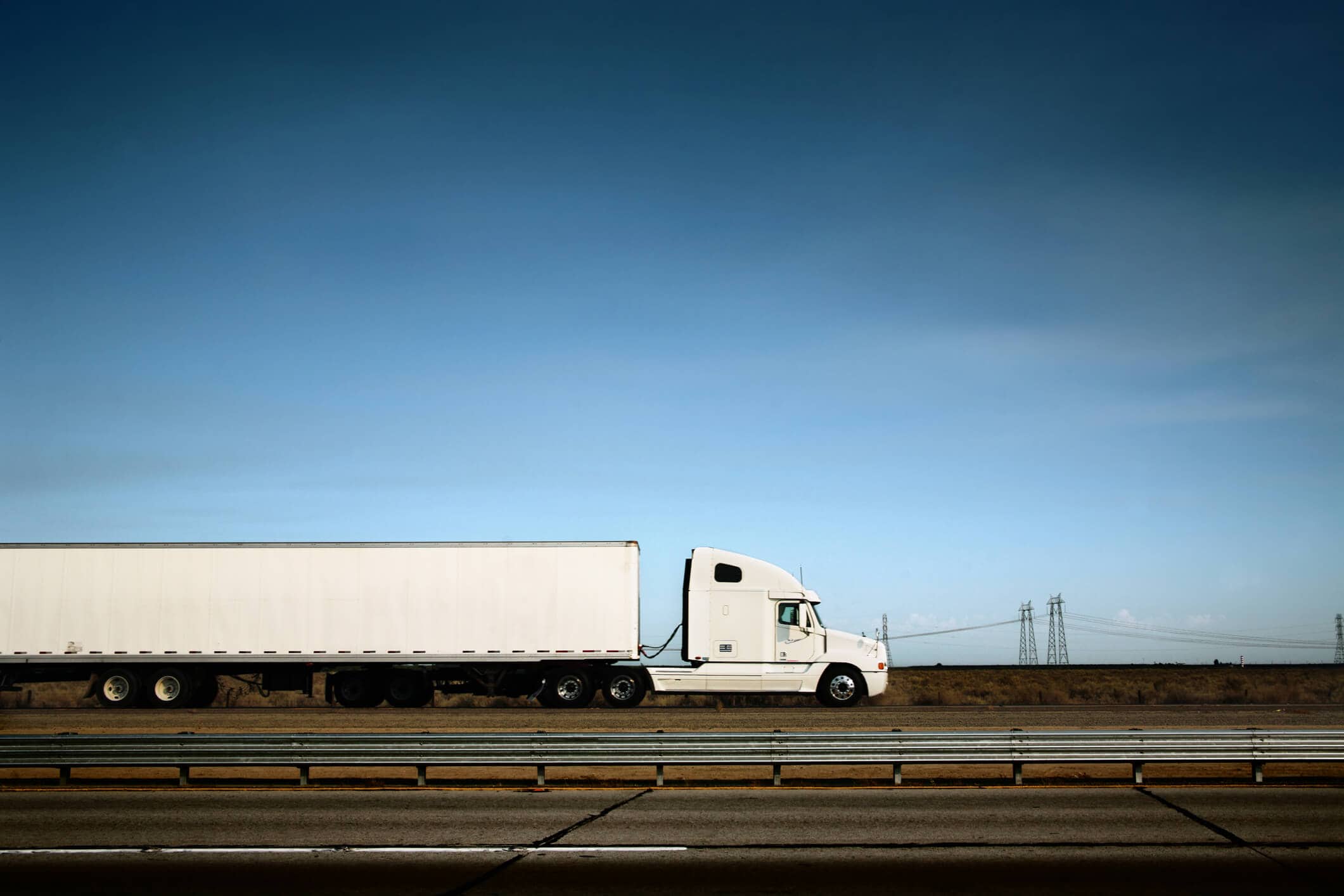
Countless supply chain heroes on the front lines have kept essential goods moving throughout the country. What more can we all do to help?
The COVID-19 pandemic has sent shockwaves throughout the global economy, upending societal norms everywhere as we self-isolate to mitigate the worst potential outcomes of the outbreak. But we all still need essential goods.
And so as panicked consumers react by clearing out grocery store shelves across the country, many reasonably wonder whether the US supply chain can thrive under the strain. The good news is that it has – thanks in no small part to countless acts of everyday heroism by the truckers, dock workers, retail employees and many others who make up the heart, soul and sinew of the domestic supply chain.
But with many more weeks of crisis management ahead of us, what’s working well? What can we do better? And how can we all play our part to ensure that the supply chain continues to pull through?
Communication and collaboration between retailers, suppliers, carriers and warehouse operations are absolutely critical right now. During a time of crisis, not all products are equal, and so retailers have been working to identify and prioritize their most essential products, and then communicate those priorities to their suppliers. For the time being, non-essential products don’t just go to the back of the line, they don’t even go on the truck.
Along the same lines, not every truck is equal. We’ve seen instances of lines 100 trucks long leading into and out of warehouse yards. Again, communication and collaboration matter here, as do modern digital technologies that can help the supply chain track goods in transit, and better schedule and expedite processing at the docks. We can’t let trucks that are carrying perishable foodstuffs or emergency medical supplies wait in line behind trailers carrying pallets of laundry detergent and chewing gum.
As retailers come in closer contact with store operators to better understand their inventory levels, they can help to ensure that trucks are prioritized appropriately when unloading at the retailer. Making sure the carrier and truck driver know where they stand and what the delays are at unloading will improve driver satisfaction and minimize the impacts of dwell during this time.
We need to help the truckers keep on truckin’. The life of a long-haul trucker has never been easy. Right now, it’s harder than it’s ever been. Many are working longer hours than is normally permissible as they transport emergency medical supplies, groceries, fuel and equipment around the country. They are doing so at a time when the truck stops, restaurants and drivers’ lounges have shut down or have many restrictions. And they are arriving to long lines and crowded yards where they risk exposing themselves to the coronavirus.
We need to help take care of the truckers and other front-line workers. Free meals and beverages. Free toiletries. Free – and frequent – thank you’s. And there’s another really important thing we can do…
Don’t hoard! We can’t change human nature overnight. But we all need to manage the impulse to over-buy and hoard products during times like these. The last few weeks have clearly demonstrated that the US supply chain is more resilient than we might have surmised. We are still operating. We still have CPG and F&B companies producing products. We are meeting the rising demand for shipping. Retailers are still open.
In light of all of that, hoarding is not only unnecessary, it’s counter-productive. It means the manufacturers, in addition to ramping up to meet current demand, now must simultaneously brace for when this surge in demand drops off – which it will inevitably do if every consumer in the country has a six-month supply of toilet paper or Clorox wipes in their basement. Manufacturers will be forced to slow production and the buying of raw materials, which just creates further volatility.
We can all help to mitigate these issues by buying no more than a week’s worth of supplies at a time (as recommended by FEMA).
Eventually, we will begin to emerge on the other side of this crisis. And the supply chain – like every other aspect of business and society – will need to re-assess its entrenched operational models and its standard business practices from top to bottom. I predict that digital transformation will be seen as a matter of corporate survival. It’s just fact at this point that companies that make the necessary digital investments are better able to analyze and act on data-based insights to manage and mitigate the worst effects of a crisis. I also predict that the supply chain will prioritize investments in robust risk management strategies and contingency planning.
But right now, our task is to manage the coming weeks as best we can – through smart inventory management, constant communication and collaboration, and most importantly, by taking care of each other and our front-line workers.
FourKites will continue to share its visibility supply chain data and insights during the weeks ahead.